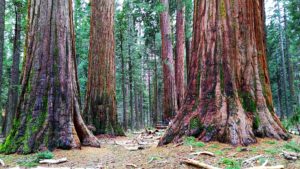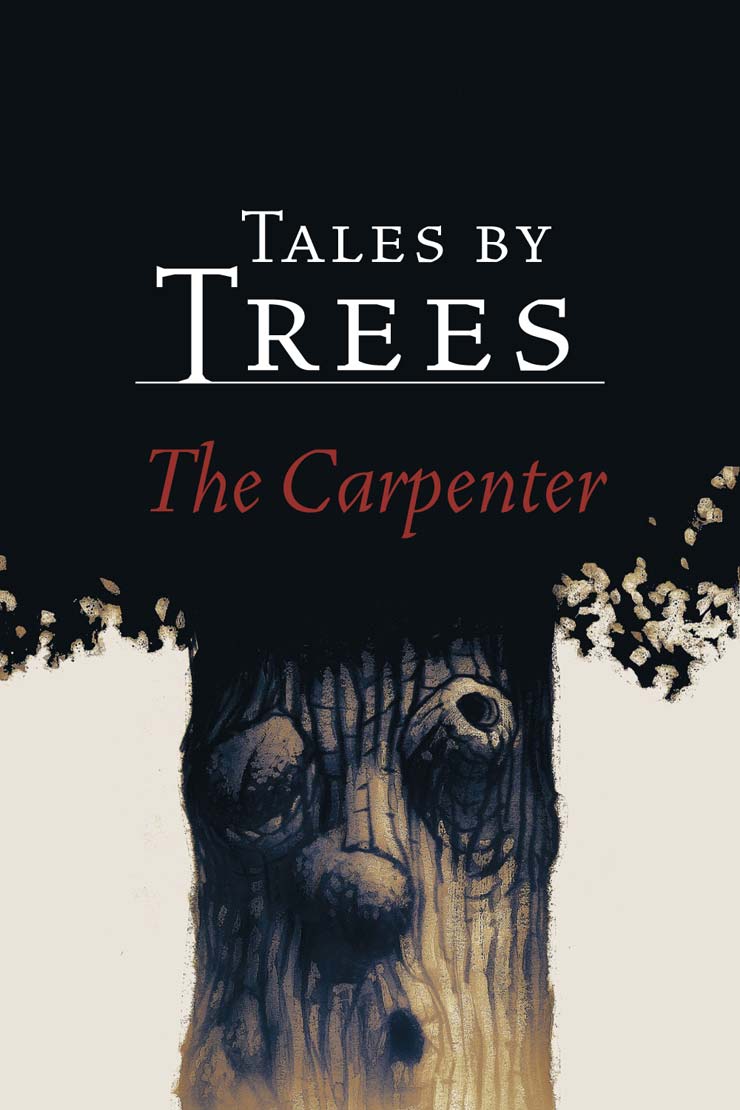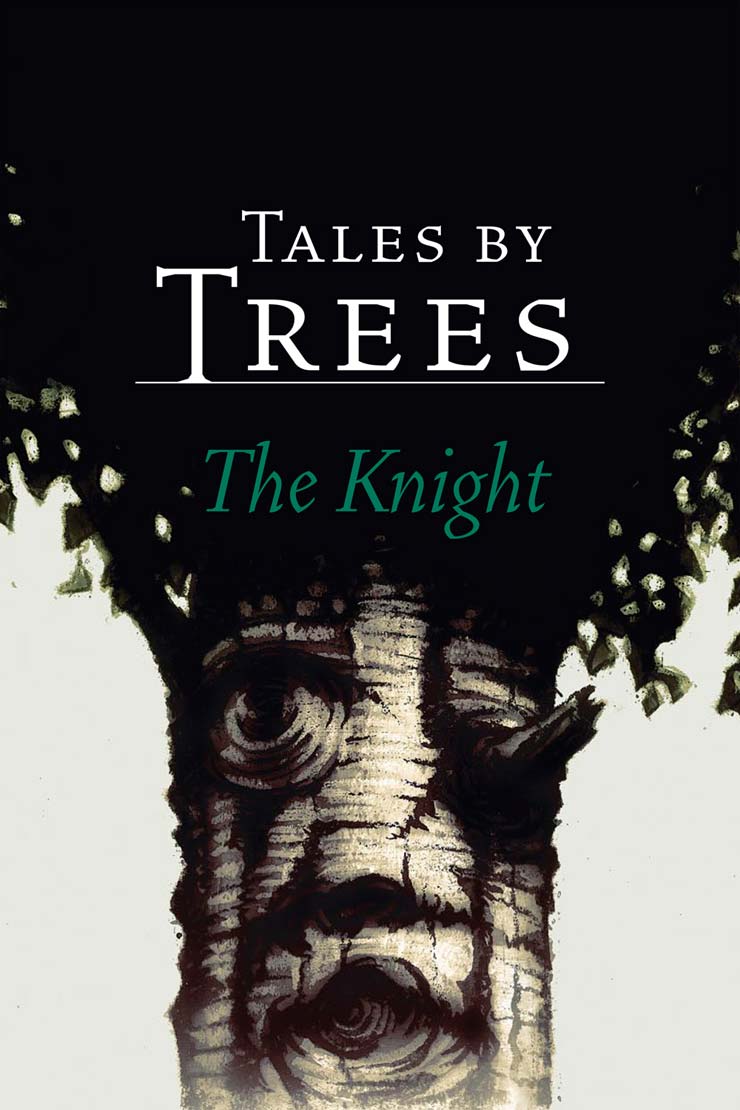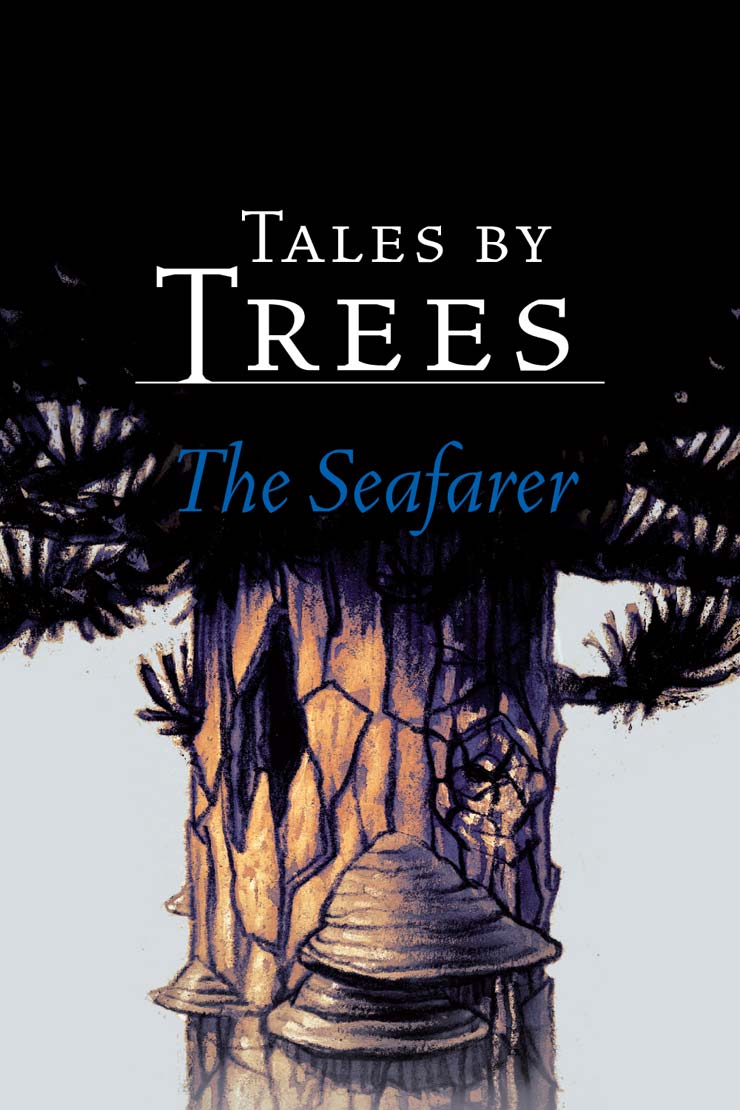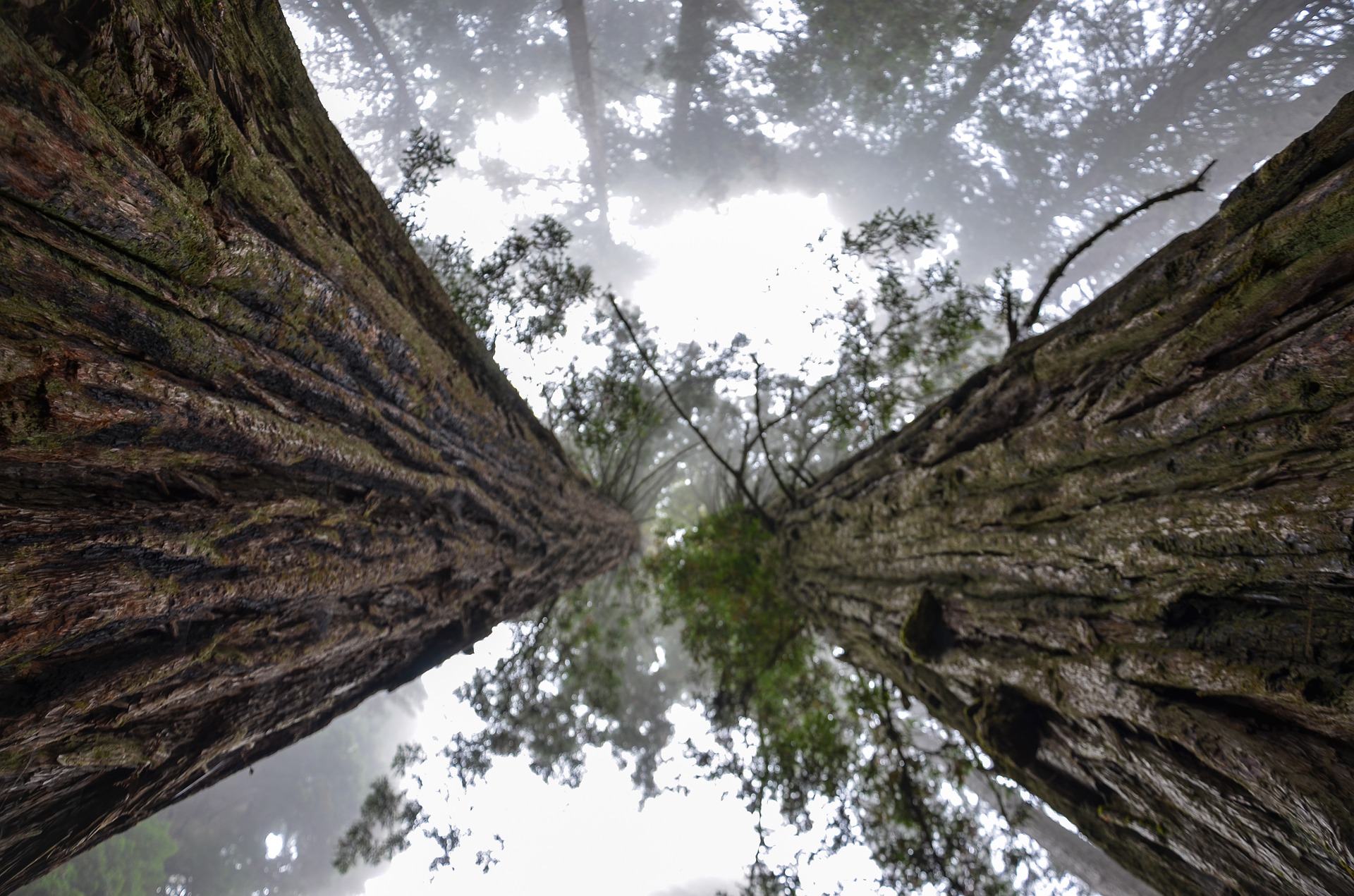
Hyperion – The World’s Tallest Tree
Until August 2006, it was believed that the tallest tree in the world was The Stratosphere Giant, a Californian redwood measuring 112.5 meters (369 feet) high. But, although twice as high as the Statue of Liberty in New York City, The Stratosphere Giant has officially lost its leading position. As of today, the tallest tree in the world is Hyperion, a gigantic coast redwood tree (Sequoia sempervirens) named after one of the Titan gods from Greek mythology. “Hyperion” (Ὑπερίων) in ancient Greek means “The High One”.
Hyperion was discovered by naturalists Chris Atkins and Michael Taylor at the end of August 2006 in a remote part of the Redwood National Park in California, USA. After using professional laser measuring equipment, they were sure that they had found a tree higher than The Stratosphere Giant. Despite the damage on the top caused by woodpeckers, they set Hyperion’s height at 115.72 meters (379.65 feet), more than 3 meters taller than the previous record-holder!
After Atkins and Taylor announced this discovery, a team of researchers from the University of Humboldt, led by ecologist Stephen Sillett, performed more precise measurements in September 2006. The process of measuring, which included climbing to the topmost branch and dropping a tape to the base wood, was filmed by the National Geographic team. This job was not easy because the lowest branches of the tree are at a height equal to the 25th floor of a skyscraper! In the end, the results confirmed that the new tallest tree in the world had been found.
The tallest tree in the world is still relatively young and actively growing. It is estimated that it is around 600 years old, which is around 20 human years. A typical redwood lives for 500 to 700 years, although some have been documented at more than 2,000 years old. Thus, Hyperion will likely stand as a marvel for future centuries.
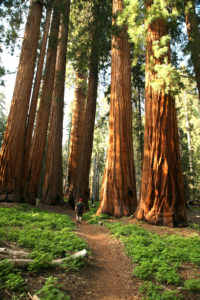
There is an interesting story behind the survival of the tallest tree in the world. Hyperion once narrowly escaped being cut down thanks to sheer luck. Only one hundred meters from the tallest tree lies a devastated barren land formed during the process of tree logging in the 1970s. Until 1978, more than 90% of the ancient forest owned by the United States government was cut. At the location where Hyperion was found there were actually a large number of trees of similar height, and a significant number of those were even bigger and taller than Hyperion. Thankfully, in the middle of the biggest tree harvests (known as “Twenty-four-hour shift testers”), the administration of President Jimmy Carter won the valley where Hyperion stands, purchased it, and added it to the Redwood National Park. At the last minute, this incredibly tall tree was saved for future generations.
Today, Hyperion is one of the most important tourist attractions of Redwood National Park in California. Its exact location was a successfully guarded secret for some time, primarily because of the fear that the tree would be damaged by tourists climbing up and tearing off tree bark for souvenirs. But, of course, this couldn’t last forever. Fortunately, its position, which requires a lot of hiking, still tends to protect the tree from unscrupulous visitors. This is also why photographs of this elusive marvel are both difficult to take and difficult to obtain.
The preservation of wondrous trees like Hyperion remains a concern. Even though these types of trees existed before men ever entered these valleys, their dwindling numbers are alarming. Only 4% of the ancient redwood forest remains after being decimated by the forest logging industry which still cuts into forests elsewhere every day. Tree-planting programs, such as those supported by Tales by Trees, are important to keep our forests, and trees like the majestic Hyperion, from disappearing.
